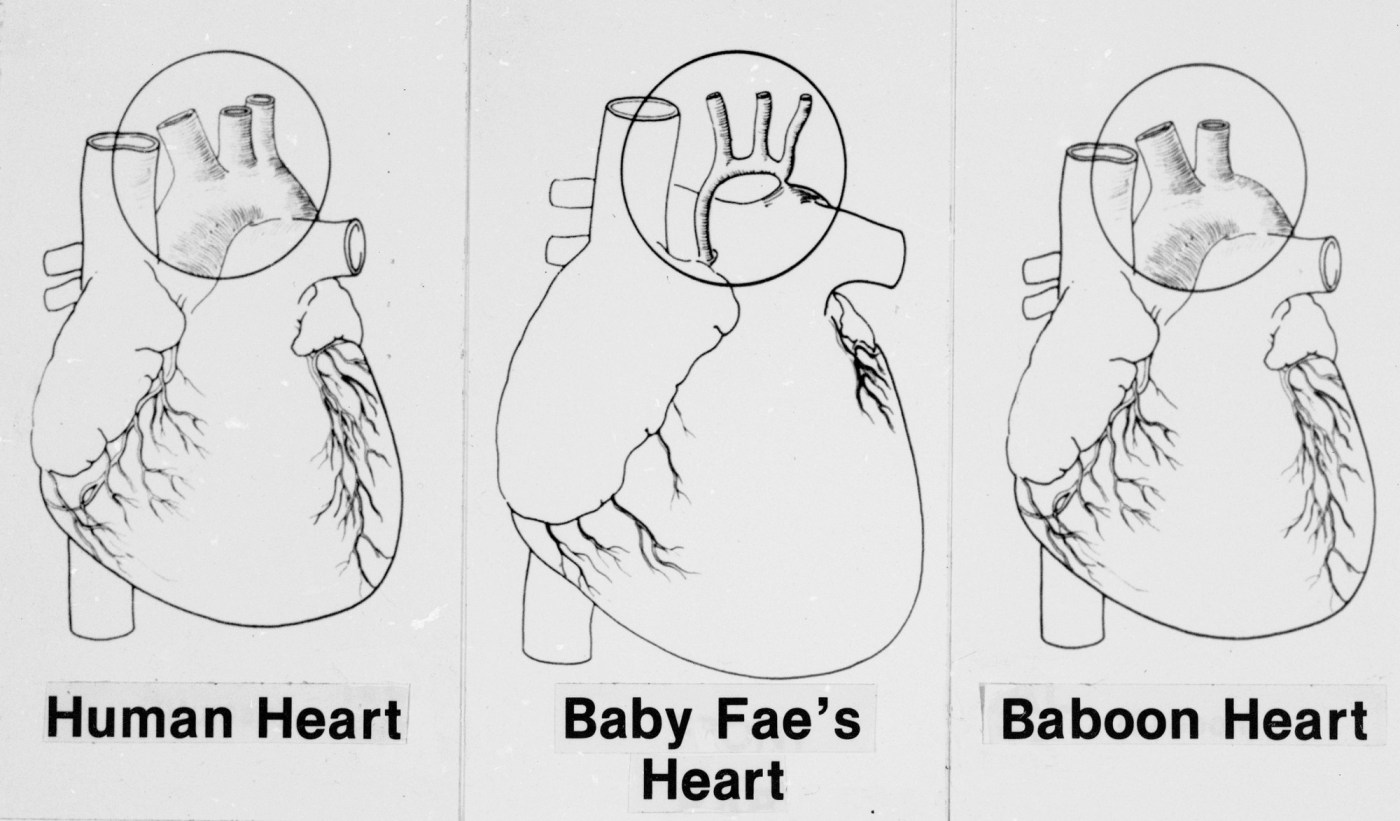A research team from Osaka Metropolitan University has made significant strides in the treatment of spinal fractures by utilizing stem cells derived from adipose tissue, commonly known as body fat. This method has shown promise in repairing spinal injuries similar to those caused by osteoporosis in humans. The findings of this study were published in the journal Bone & Joint Research.
Osteoporosis is a condition that leads to brittle bones, increasing the risk of fractures. In Japan, the aging population is projected to see more than 15 million individuals affected by this disease in the near future. Among the various types of fractures associated with osteoporosis, compression fractures of the spine, known as osteoporotic vertebral fractures, are particularly prevalent. These fractures pose serious challenges, often necessitating long-term care and significantly diminishing the quality of life for patients.
The research team, including Graduate School of Medicine student Yuta Sawada and Dr. Shinji Takahashi, focused on the potential of adipose-derived stem cells (ADSCs) to address these issues. These stem cells are classified as multipotent, indicating their ability to differentiate into various cell types. Enhancing the effectiveness of ADSCs, researchers formed them into three-dimensional spherical clusters known as spheroids. Previous studies have indicated that this approach can significantly improve their capacity to repair damaged tissue.
In their experiments, the team created bone-differentiated spheroids from ADSCs and combined them with β-tricalcium phosphate, a widely used material in bone reconstruction. The results were promising; rats with spinal fractures treated with this combination exhibited marked improvements in bone regeneration and strength. Furthermore, the treatment activated genes associated with bone formation and healing.
“This study has revealed the potential of bone differentiation spheroids using ADSCs for the development of new treatments for spinal fractures,” remarked Sawada. He highlighted the minimal burden this method places on patients, given that these cells can be easily harvested from fat, ensuring safety and comfort.
Dr. Takahashi echoed these sentiments, stating, “This simple and effective method can treat even difficult fractures and may accelerate healing.” He expressed optimism that this innovative technique could emerge as a new treatment option, potentially extending the healthy lifespan of patients suffering from osteoporosis-related fractures.
As the global population continues to age, advancements in treatments for bone diseases like osteoporosis will be crucial. The promising results from Osaka Metropolitan University’s research could pave the way for more effective and less invasive therapies in the future, offering hope to millions affected by these debilitating conditions.
This research represents a significant step toward improving patient care and outcomes, emphasizing the importance of continued innovation in medical science. For further details, refer to the study by Yuta Sawada et al., titled “Development of a new treatment for osteoporotic vertebral fractures using adipose-derived stem cell spheroids,” published in Bone & Joint Research in 2025.







